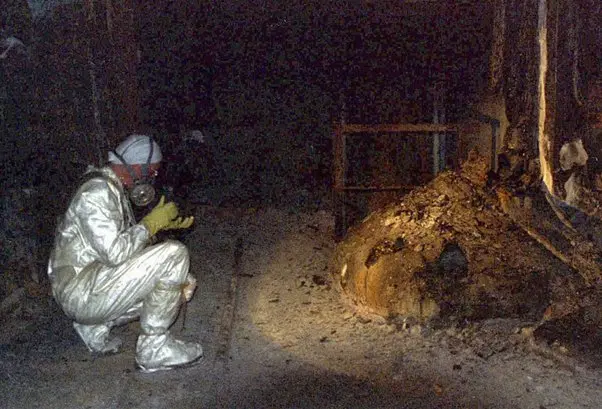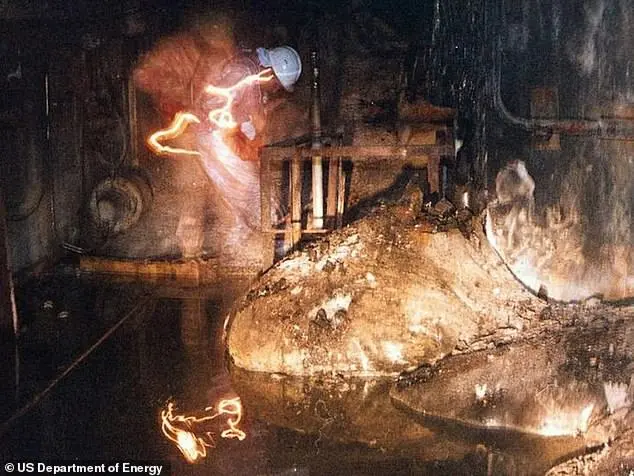If you hear about it, you might mistake it for a supernatural object straight out of a science fiction story. However, it is completely real and is the result of one of the most horrific radiation leaks in history. To this day, it is still referred to as the “Elephant’s Foot,” and it is considered the most dangerous object in the world.
The Birth of the “Elephant’s Foot”
On April 26, 1986, Reactor 4 of the Chernobyl nuclear power plant in Ukraine experienced a critical failure. Specialists discovered the issue and attempted an emergency shutdown, but were unsuccessful. The temperature in the reactor core increased uncontrollably, causing the cooling water to instantly evaporate when pumped in. The reactor ultimately exploded due to excessive pressure, leading to the Chernobyl nuclear disaster. In the fall of that year, when rescue teams arrived to contain the radiation, they discovered “the most dangerous object in the world” for the first time.

According to scientists, as Reactor 4 heated up, it melted the surrounding steel and concrete barriers, creating “radioactive lava.” This substance flowed down, sweeping through various materials, forming a complex mixture with extremely high radiation levels. When it cooled, it solidified into a new material called corium. This was named the “Elephant’s Foot.”
The Danger of the “Elephant Foot”
The Daily Mail calls the “Elephant’s Foot” the “most dangerous object in the world.” Even looking at this object could be fatal. Scientists predict that even hundreds of years from now, we will not be able to approach the “Elephant’s Foot” without protective equipment.

In 1986, the “Elephant’s Foot” emitted up to 10,000 roentgens per hour (a unit of radiation measurement) – a dose 1,000 times the level that can cause cancer. To put it in perspective, that amount of radiation is equivalent to 4.5 million X-rays typically used in medical imaging. If you are exposed to this object for 30 seconds, you will experience dizziness and fatigue for at least a week. If exposed for 2 minutes, your cells will start to hemorrhage. After 4 minutes, it will cause vomiting, diarrhea, and fever. Finally, after 5 minutes of close proximity, the exposure is nearly fatal, and the person will die within 2 days.
Documenting the “Elephant’s Foot”

Due to the extreme danger posed by the “Elephant’s Foot,” there are very few photographs of this object. The first photo was taken in 1986 by members of the rescue team. Ten years later, the United States Department of Energy also collected some images of it. However, the person who has had the most exposure to the Elephant’s Foot is Artur Korneyev, the deputy director of the Shelter Object project. He personally took several photographs related to the “Elephant’s Foot” before safely exiting. An article published in 2021 revealed that Artur is still alive and living in Ukraine.
Safety Measures and the Future of the “Elephant Foot”
In 2016, a structure made of concrete and steel called the “New Safe Confinement” was placed over the “Elephant’s Foot” to limit the leakage of radiation to the outside. Since corium is extremely rare, having only appeared five times in history, no one can be certain how the “Elephant’s Foot” will change in the future.
Conclusion
The “Elephant’s Foot” is a stark reminder of the devastating consequences of nuclear disasters. Its unimaginable levels of radiation make it one of the most dangerous objects on Earth, and its existence serves as a sobering warning about the risks inherent in nuclear technology. As we continue to grapple with the legacy of Chernobyl, the “Elephant’s Foot” stands as a testament to the need for rigorous safety protocols and ongoing vigilance in the nuclear industry.
